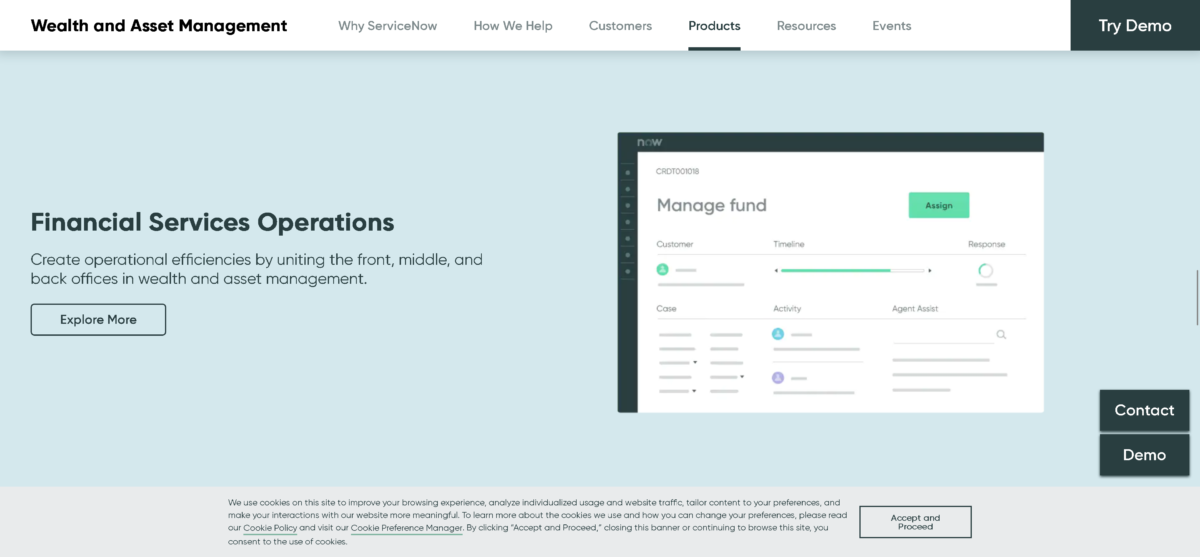Once an enterprise decides to go all-in on zero trust, it usually starts strong, only to hit barriers no one saw coming. This makes a roadmap essential.
Seeing its clients who are pursuing zero trust facing challenges in reaching the next level of maturity, Forrester invested a year of its zero trust team’s time in creating the roadmap they need.
Forrester’s recent report, Chart Your Course to Zero Trust Intermediate, offers clients direction for achieving an intermediate level of zero-trust maturity. It features nearly 40 tasks and technologies across the seven zero-trust domains — data, people, devices, workloads, visibility and analytics, automation and orchestration, and networks — that every organization pursuing a zero-trust strategy can use.
Note: The Cybersecurity and Infrastructure Security Agency (CISA) also has a zero trust maturity model. It parallels Forrester’s in that it includes three levels — traditional, advanced and optimal — comparable to Forrester’s beginner, intermediate and advanced levels.
Senior research analyst David Holmes, one of the report’s authors, writes in the blog post All Aboard: Chart Your Course to Zero Trust Intermediate that “we chose an intermediate rather than the advanced target of maturity for this report because the majority of Forrester clients and other organizations that we talk to are at the beginning stage of zero trust.”
The report, Holmes writes, “is a foundational piece of research from the zero trust analyst team at Forrester, representing a year of collation, collaboration, creation, and review. It builds on one of our most widely read reports, A Practical Guide to a Zero Trust Implementation [client access required] but goes much deeper into what needs to be done. The ‘Chart Your Course’ report centers around 37 tasks, grouped into five phases.”
Forrester organized the roadmap by assigning four parameters to each task: difficulty, impact, priority, and dependency resolution.
Leading zero-trust experts and risk professionals peer-reviewed the report…
Read Full Article: Venture Beat





